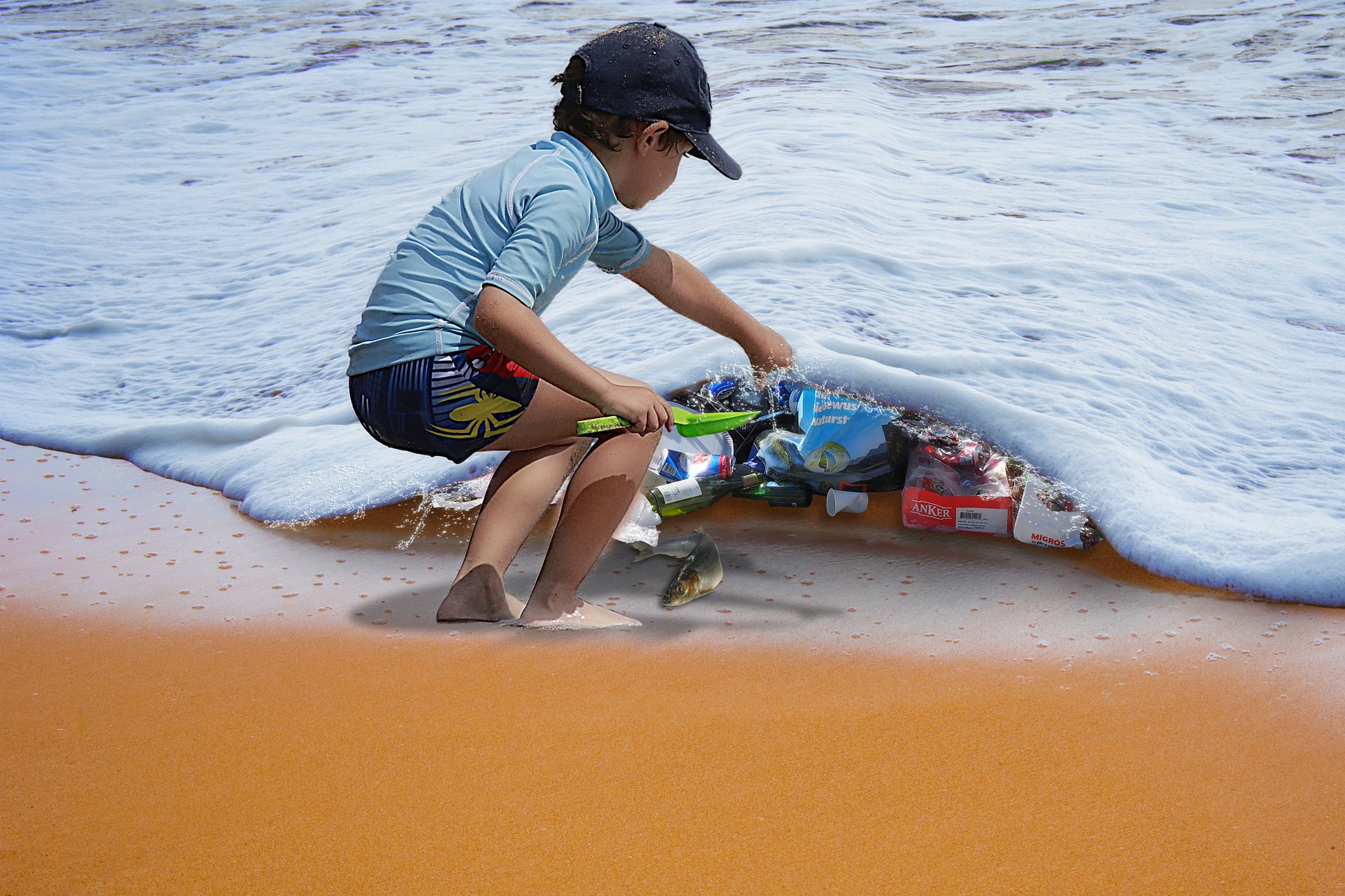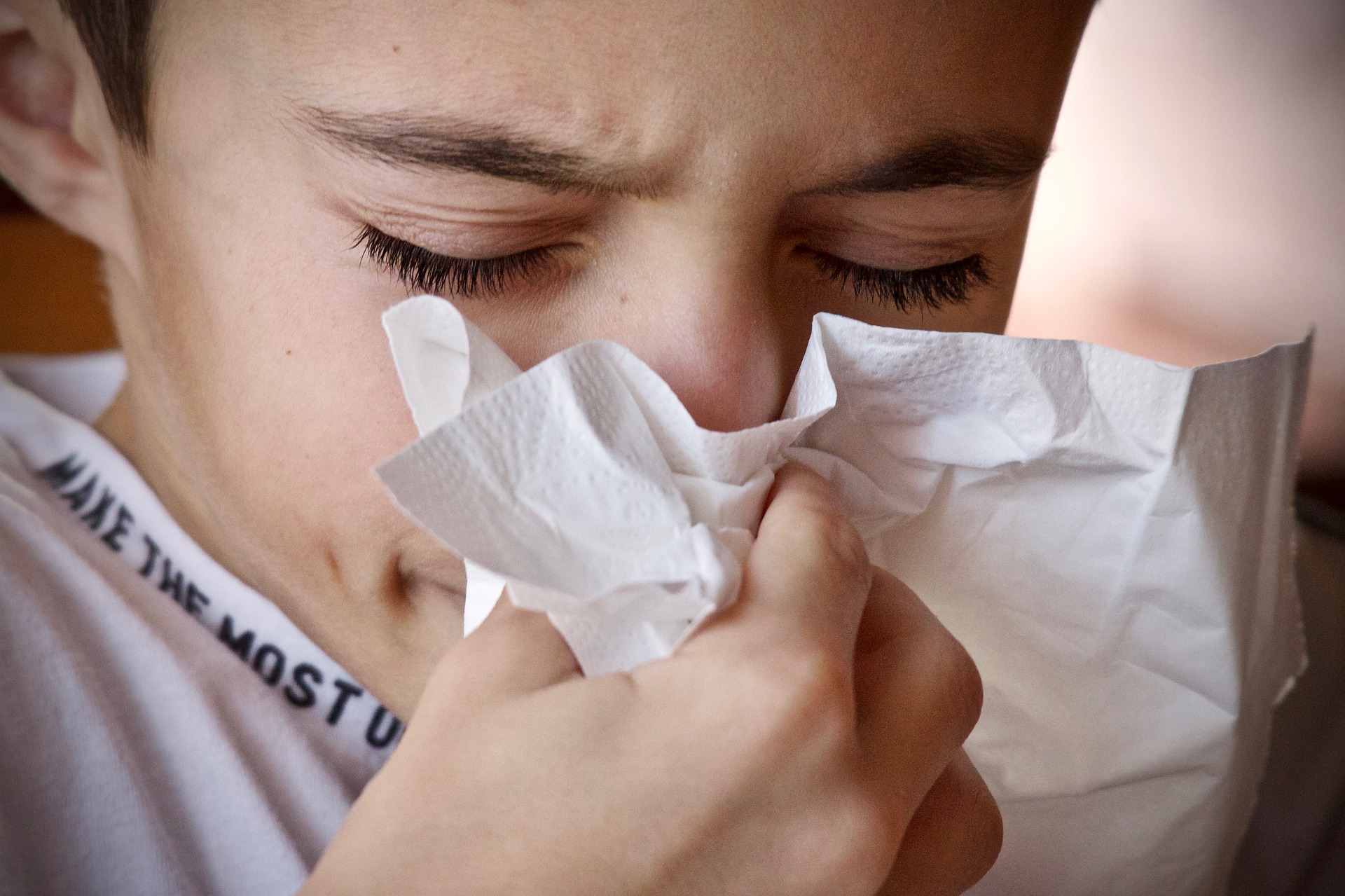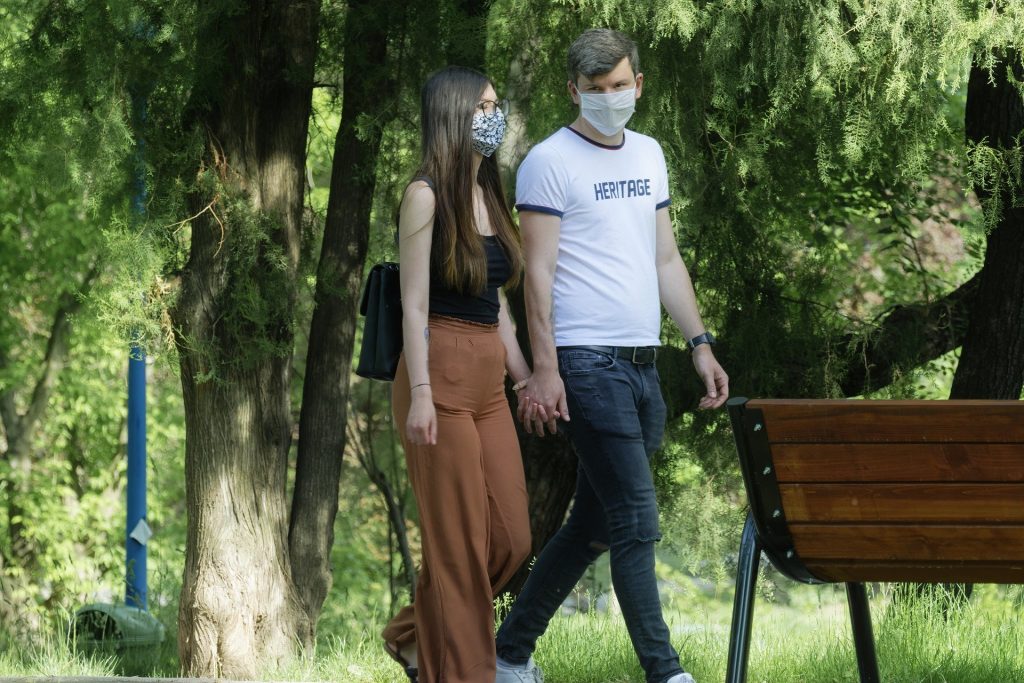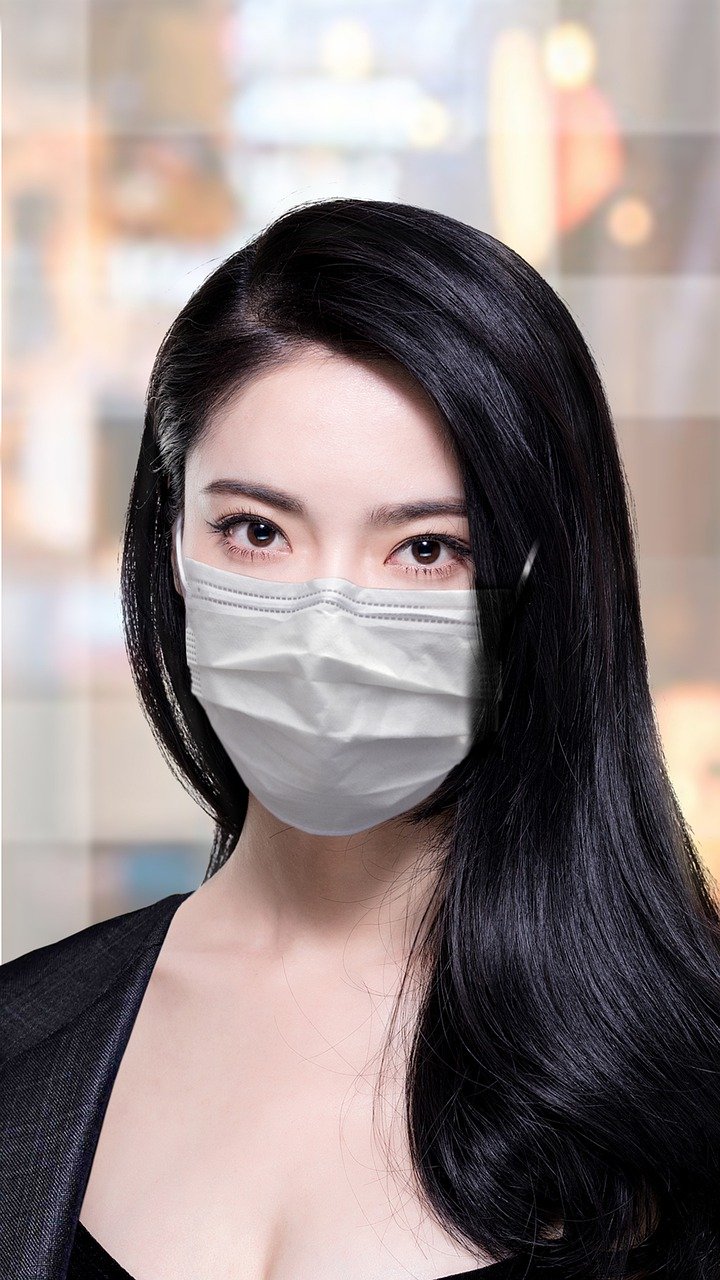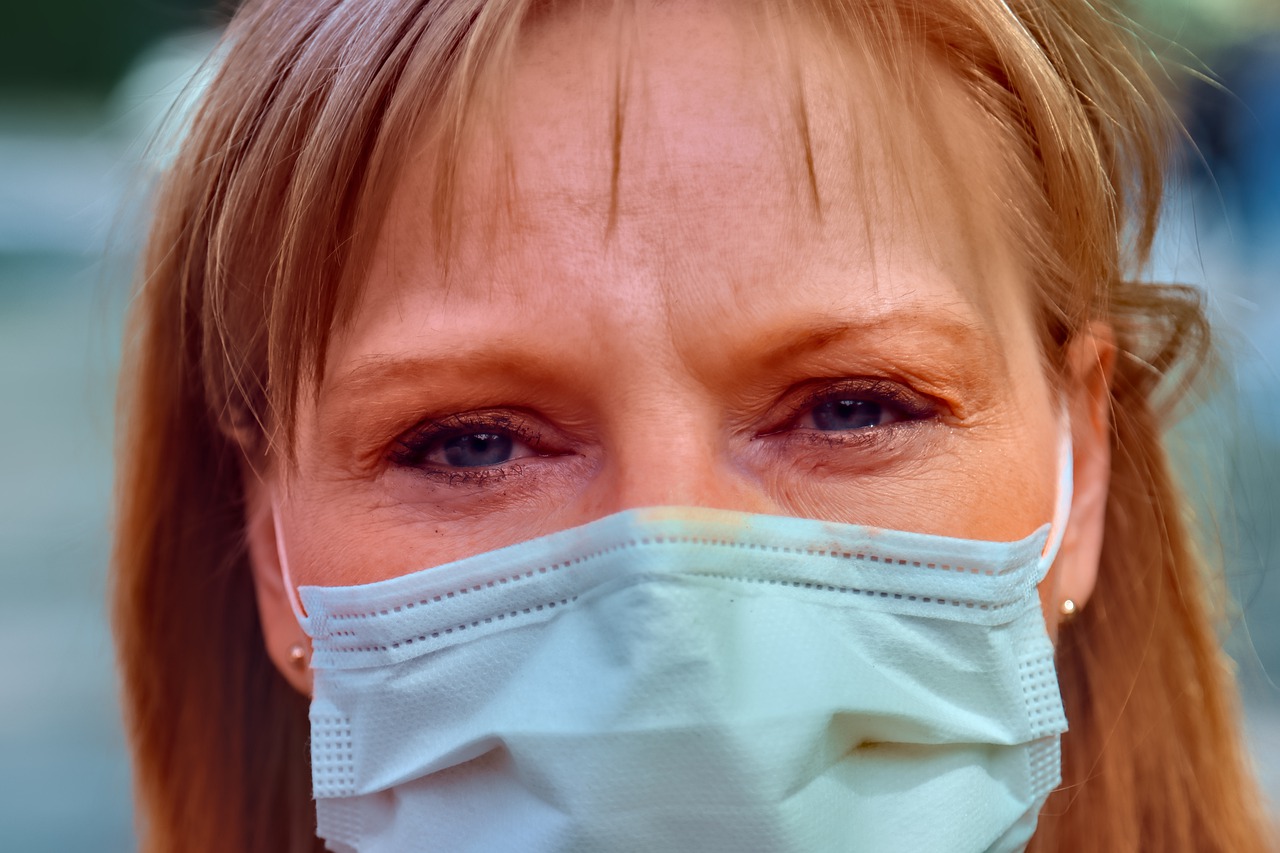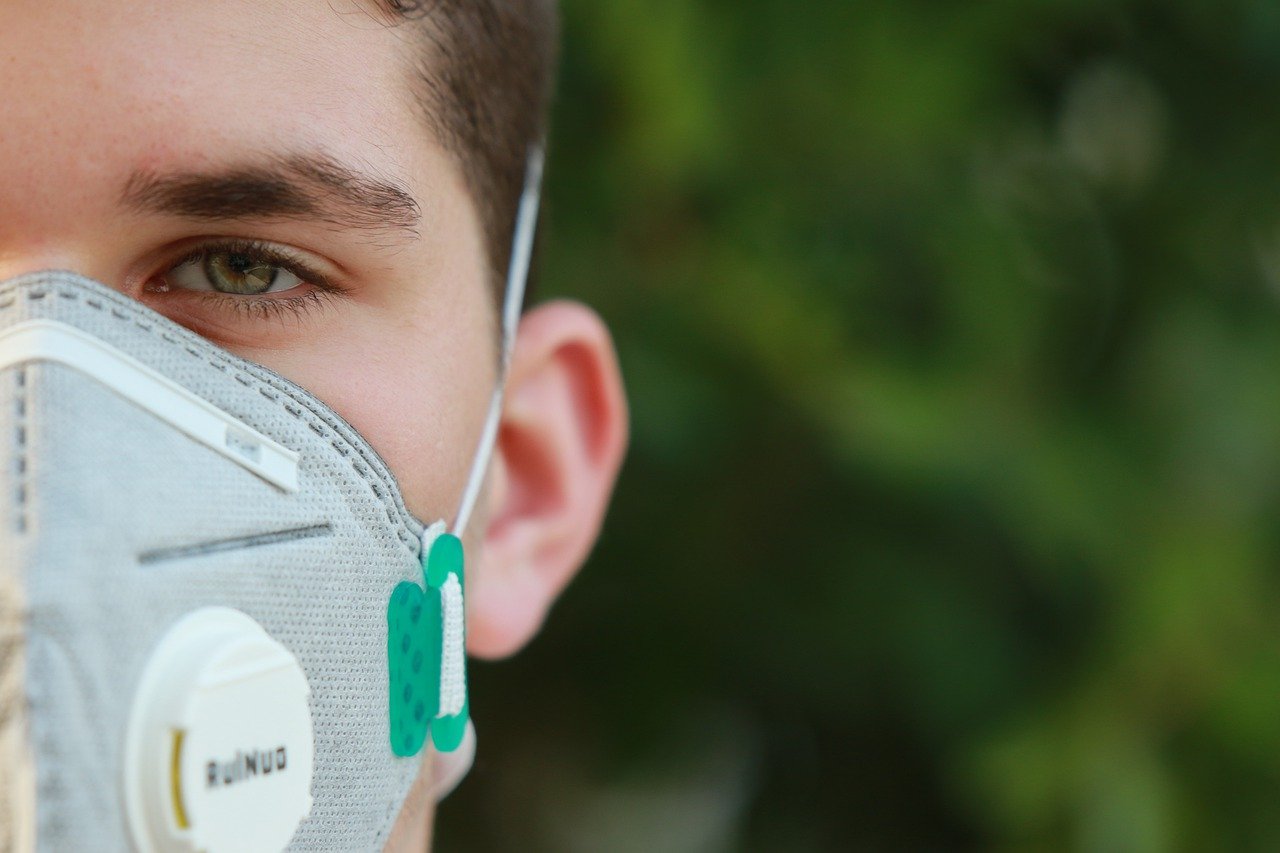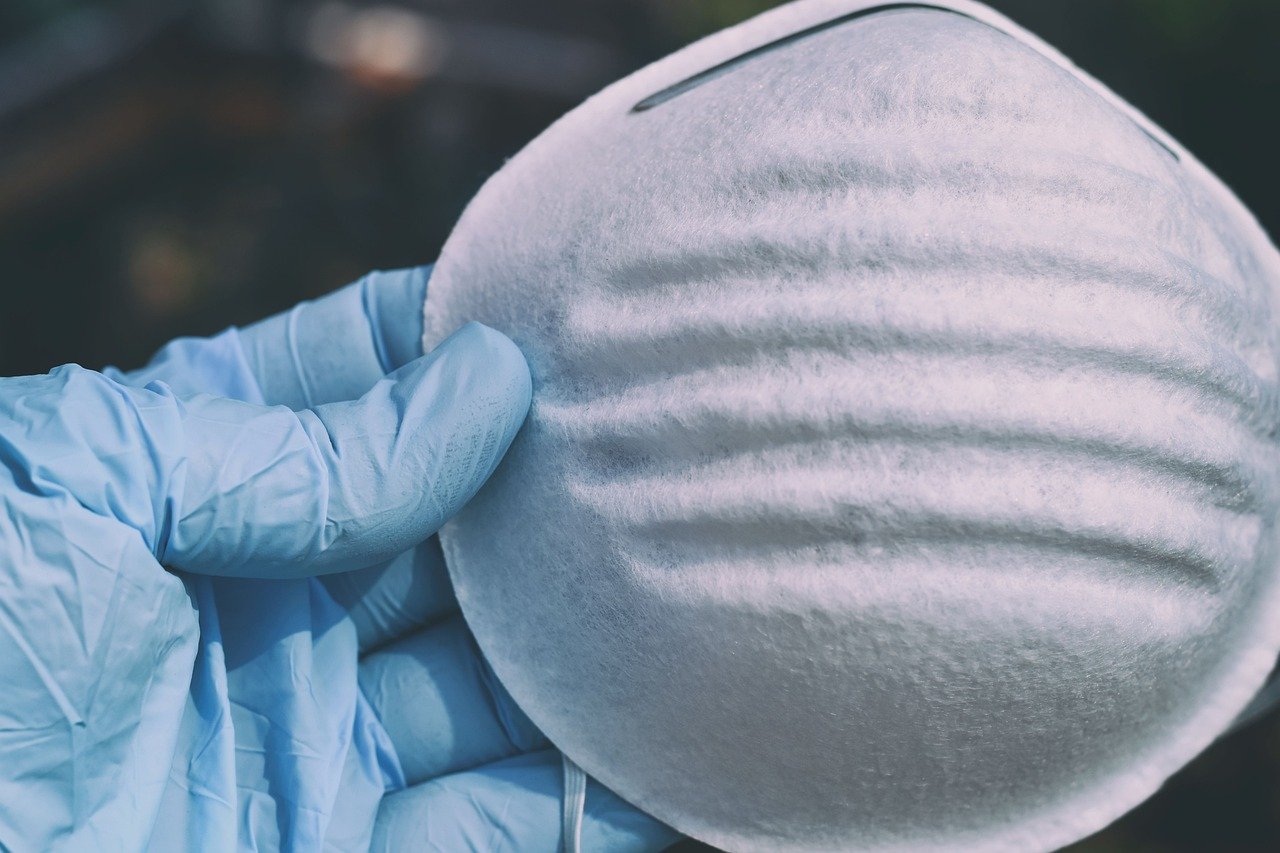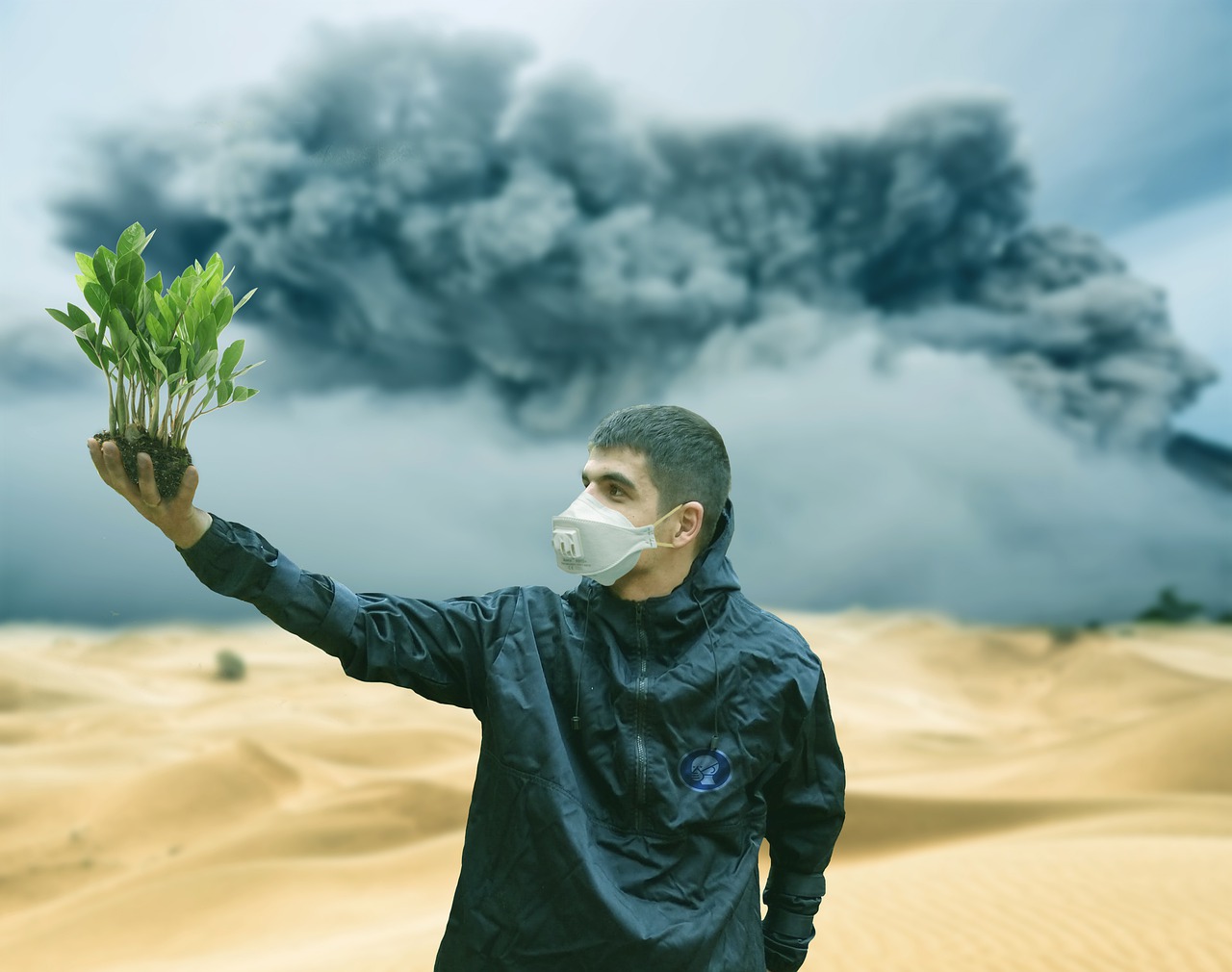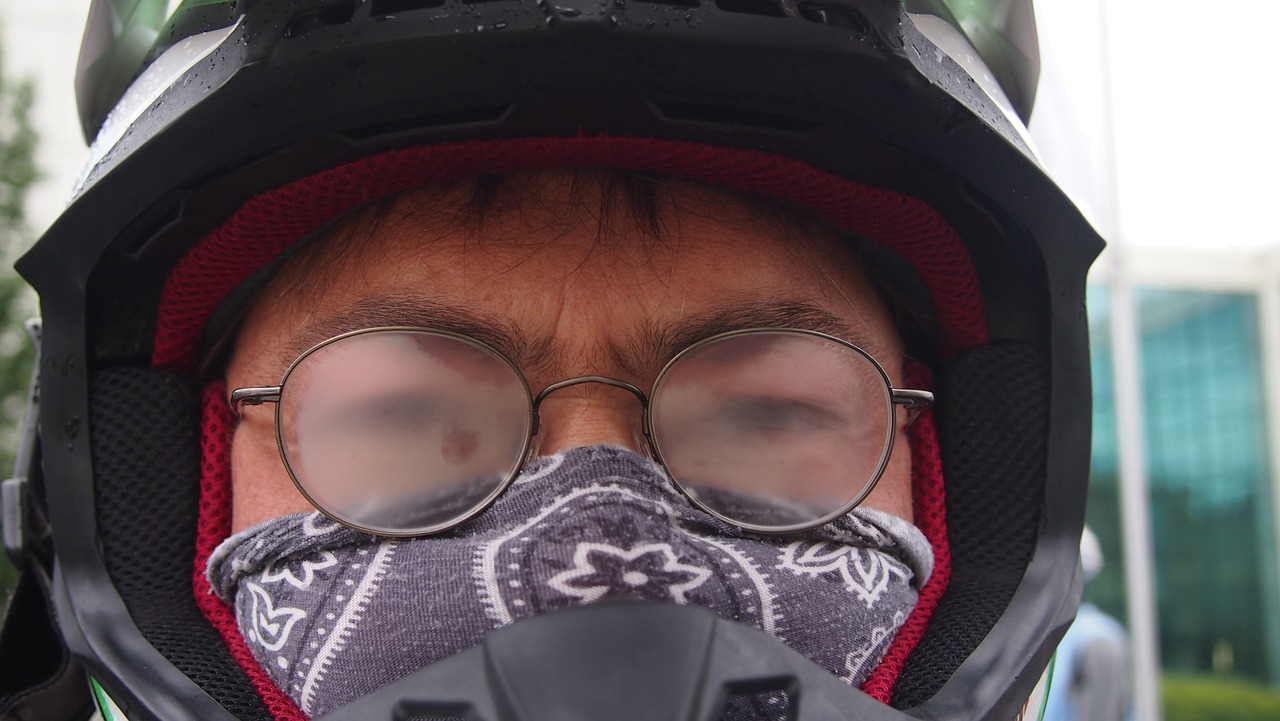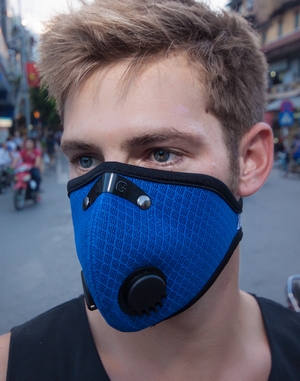
Wearing masks is especially more relevant these days with the pandemic causing chaos amongst many countries. People have seen the need for wearing face masks to protect themselves from the virus. But, in actuality, regardless of the pandemic, masks should be a given in our everyday lives. This is because we are often exposed to pollutants, be it inside our homes or outside in the city.
If you are considering wearing masks, then this is the time for you to think of the following factors when buying:
Filters should remove more than 95% of PM2.5 particles.
According to Better, Particulate matter or PM2.5 particles pertain to particles in the air that cause pollution. These are the smallest and most dangerous forms of air pollution.

That is why you need face masks with PM2.5 filters. Research has shown that these filters can help capture nanoparticles with a high degree of efficiency, which is approximately 95% or more. Lab tests have also demonstrated that a properly-fitted cloth mask with a PM2.5 filter will be able to decrease airborne particulates by at least 90%.

The mask is comfortable to wear.
Aside from its practicality and functionality, comfort must not be compromised.

Your face mask is something that you’ll regularly be wearing indoors or outdoors.
No one would want to feel uneasy wearing their mask. That is why masks should be created with your convenience in mind. Who would want to wear a mask that makes you feel unsettled and would result in you taking it off, which defeats the purpose?
It doesn’t fog up your glasses.
One of the things that you should consider before buying a face mask is whether it will fog up your glasses. This is a major no-no, especially for those who struggle with their eyesight. For this reason, you need the perfect mask that will be the right fit. Most masks either have flimsy or nonexistent nosepieces which are put in place to form a tight seal around the bridge of your nose. Having a strong and adjustable nose piece will result in avoiding fogged-up glasses. This is because your mask needs to fit securely over your nose or is shaped to fit your face to keep warm air from exiting up to your glasses, as stated by Dr. Hamilton.
It doesn’t add to the trash dump.
There are several types of face masks to choose from. It can be a reusable or disposable mask. But, if you are conscious of taking care of the environment, make sure that you are purchasing the appropriate kind of mask. In fact, it is shown that disposable masks often end up in trash dumps. This negatively affects the environment because most of these masks have polypropylene, which is a thermoplastic polymer and is considered plastic waste. Thus, you should choose masks that are reusable while having the necessary features for protection against pollutants and other particles.
It can be used constantly so you can make it a habit.
When it comes to wearing masks, you should be able to wear them every day without feeling the need to take them easily. In this way, you can make it a habit which will result in
you having healthy lungs. Masks are also the best way for you to avoid pollutants that can cause long-term health effects. You’ll be able to minimize the risks of air pollution and other viruses.
Remember all of these factors, and you’ll be able to buy the best mask possible.Keep in mind that you should also be carefully looking at its features and whether it would suit what you are looking for. You can see the various available masks here.








